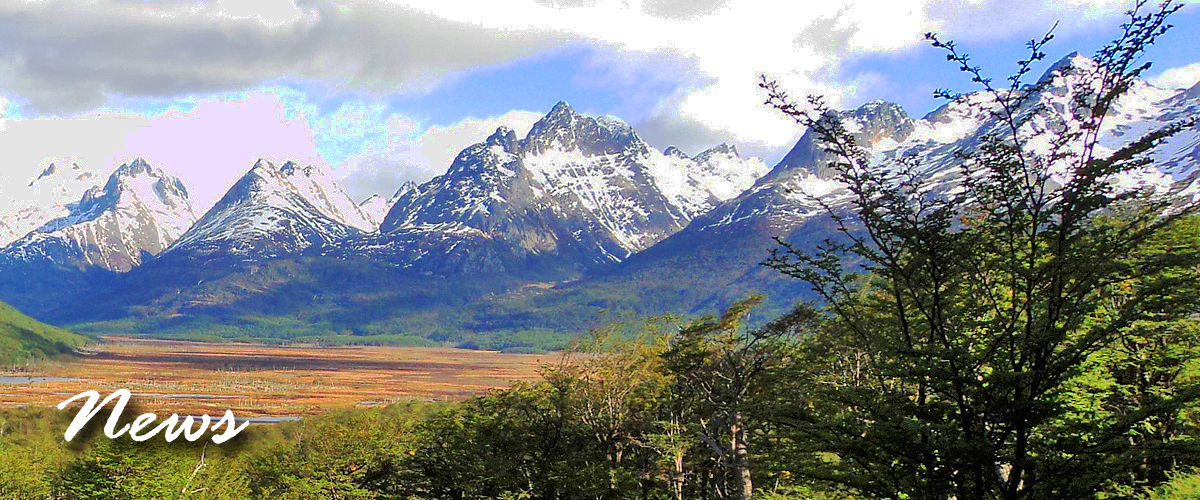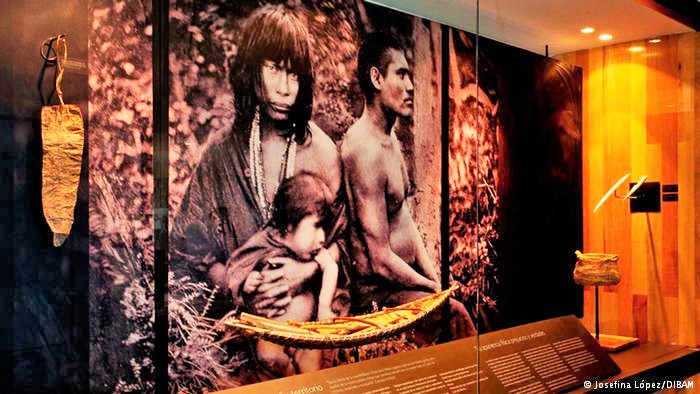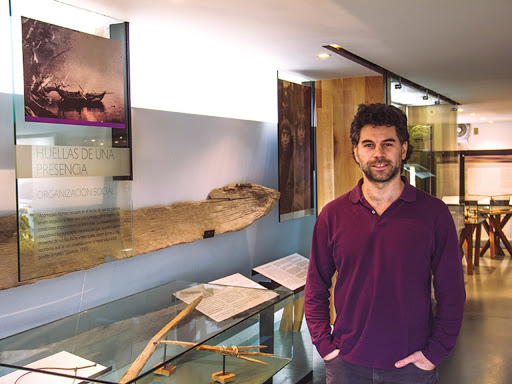

Located in Puerto Williams, Tierra del Fuego – Chile, this Museum portrays the life of the indigenous peoples of this remote part of the world and of the subsequent settlers.
The Archipelagos Park in the grounds of the Museum, with its trails, provides an opportunity to learn about Tierra del Fuego’s native flora, including the trees so characteristic of this part of the world.
The main person in the museum is Mr. Alberto Serrano, director and cultural producer, who maintains the institution in a way equivalent to the best museums in this segment worldwide.
About The Instituition
Martin Gusinde Museum was originally founded in 1974 in a small picturesque building, made of native cypress wood. In 2008, it was re-inaugurated following an important renovation and expansion of its premises.
It is named after the German priest and anthropologist Martin Gusinde (1886-1969). In 1911, his Verbo Divino congregation sent him to Chile to teach natural sciences at the German School in Santiago. Over the next 13 years, before his return to Europe, Gusinde carried out four expeditions to Tierra del Fuego, creating a detailed record of the culture of the indigenous Selk’nam, Yaghan and Kawéskar peoples.
Inside the Museum

The Museum’s permanent exhibition comprises three rooms:
In the Museum’s grounds, the Stirling House is the main surviving testimony of the way of life of the Anglican missionaries who traveled to Tierra del Fuego. Made of wood with corrugated iron siding, the pre-fabricated house was shipped out from England and was originally installed in Ushuaia in Argentina, before being moved to Tierra del Fuego where it was installed on Tekenika Bay on Hoste Island and then on Douglas Bay on Navarino Island. In 2003, it was declared a National Monument and, in 2004, was moved to Puerto Williams where it was restored.
∞
KNOW MORE ABOUT MARTIN GUSINDE ANTHROPOLOGICAL MUSEUM
∞

I am very proud to have my book “21 Days at The End of The World” composing its library collection. I also want to enjoy this opportunity to thank Mr. Alberto Serrano and Martin Gusinde Anthropological Museum for the contribution with information that served as inspiration for the book, specially concerning to “The Secret Society of Tierra del Fuego” discovered and documented by the missionary and anthropologist Martin Gusinde in the final of the XIX century.

